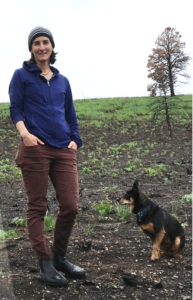Dry Forest Restoration and Megafires: lessons from the 2014 Carlton Complex, north-central WA
Abstract
The 2014 Carlton Complex was the largest single wildfire event in Washington state history, and much of the >100,000 ha area burned under extreme weather conditions with explosive fire growth. Under a warming climate with longer fire seasons, extreme wildfire events are becoming more common in semi-arid landscapes of the western United States and have the potential to accelerate vegetation responses to climate change. Because the Carlton Complex burned over many recent fuel reduction treatments, it offered an opportunity to evaluate if and how restoration treatments mitigated fire severity in this extreme wildfire event. Although we often hear that fuel reduction treatments don’t work under extreme fire weather, lessons from the Carlton Complex offer some promising findings.

Susan Prichard
Research Scientist
School of Environmental and Forest Services
University of Washington
Biography
Susan Prichard is a research scientist at the School of Environmental and Forest Sciences and studies fire ecology, landscape vegetation and fire dynamics, and fire and fuels management. Her main research interests are in the effects of fire and other disturbances on forest dynamics, climatic change on forest ecosystems, and fuel treatment options to mitigate wildfire effects.